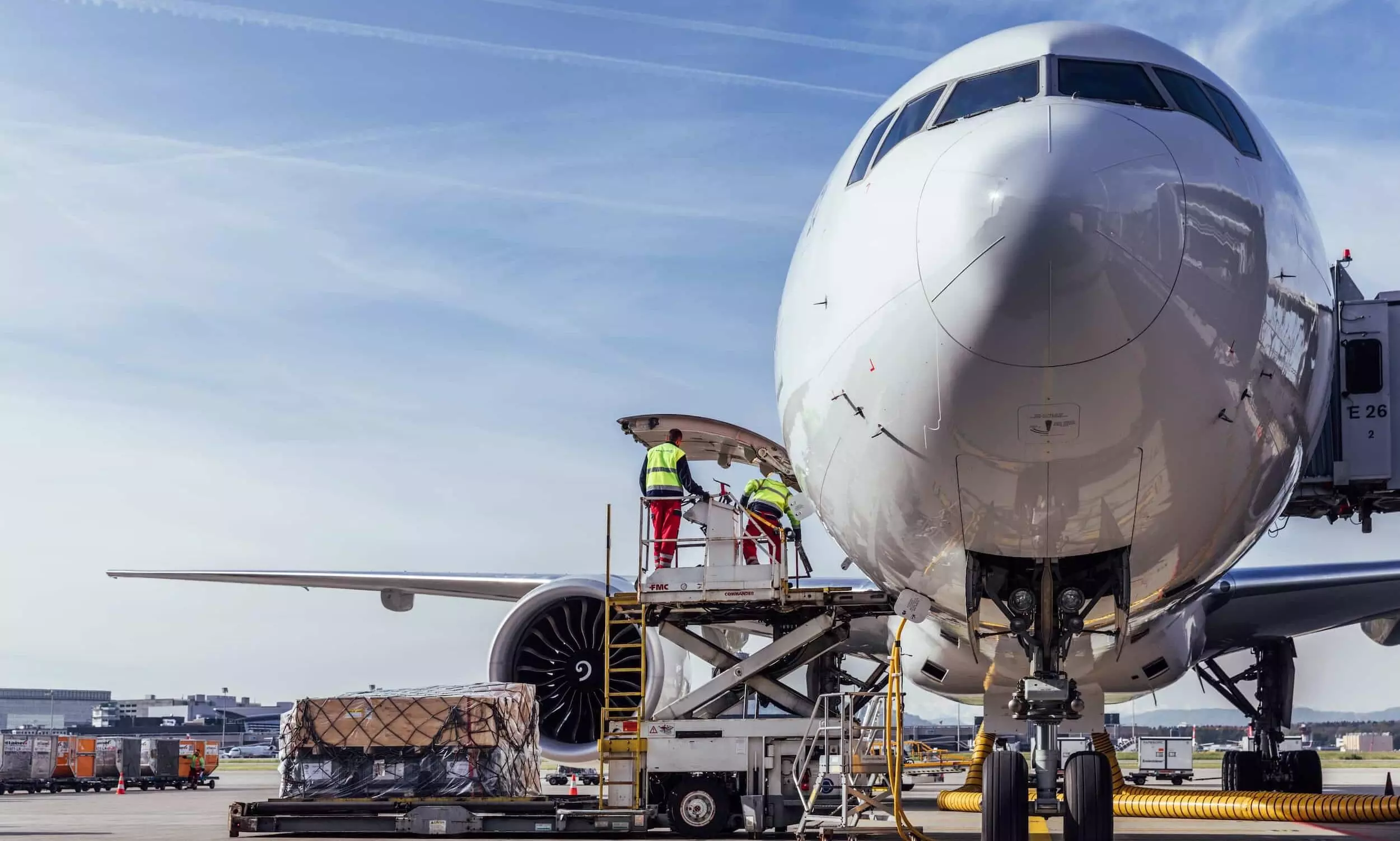
Older cargo fleet hampers emissions reductions, says IATA
Cargo fleet’s most populated age range is between 30-35 years with 797 aircraft

Aircraft in service in passenger operations are, on average, 13 years old. The average age of aircraft flying cargo is significantly higher, at 25 years, according to the International Air Transport Association (IATA).
"As dramatic as that might sound, it should be noted that the in-service cargo fleet represents a relatively small share of the global in-service fleet (including both passenger and cargo) at about 12.5 percent."
A contributing factor to the higher average age of the cargo fleet is the high proportion of freight aircraft that are converted from used passenger aircraft (dotted line in the chart above), says the update. "This conversion rate reaches 66 percent for certain age categories, and the average share of conversion is as high as 34 percent.
"Apart from the diverging averages between passenger and cargo fleets, a simple comparison of the most populated age group highlights the stark difference in the age profile. The highest number of in-service aircraft in the passenger fleet falls in the age range between 5 and 10 years with as many as 7,941 aircraft. The cargo fleet’s most populated age range is between 30 and 35 years with 797 aircraft."
The longer lifespan of cargo aircraft means that the pace of fleet replacement is slower than in the passenger fleet. As older aircraft are less fuel efficient and generate more carbon dioxide (CO2) emissions per revenue tonne kilometre (RTK) than newer aircraft, progress on decarbonisation will be delayed, all other things being equal, IATA says in its update.
"While air cargo is only responsible for about 15 percent of commercial aviation’s CO2 emissions, it is still crucial that air cargo operators are not left behind in the industry’s quest to decarbonise, especially given the increased strategic importance of air cargo business since the Covid-19 pandemic."
IATA reviewed progress in sustainability, digitalisation and safety at the opening of the IATA World Cargo Symposium (WCS) in Hong Kong last week.
“Air cargo volumes are now firmly back to pre-pandemic levels," Brendan Sullivan, Global Head of Cargo, IATA said at the WCS. "The challenge now is to ensure that air cargo growth is efficient, safe and aligned with achieving net zero carbon emissions by 2050. Through the hard work of the air cargo industry, the building blocks are in place to significantly accelerate progress in all these areas.
“For any industry to survive, change is essential. And constant change for anyone is never easy. But it is absolutely worth it when that change delivers 60 million tonnes of cargo that powers economies, improves peoples’ lives and genuinely makes our world a better place. And that is what inspires us to make our industry more efficient, ever safer and on target for net zero carbon emissions by 2050."

